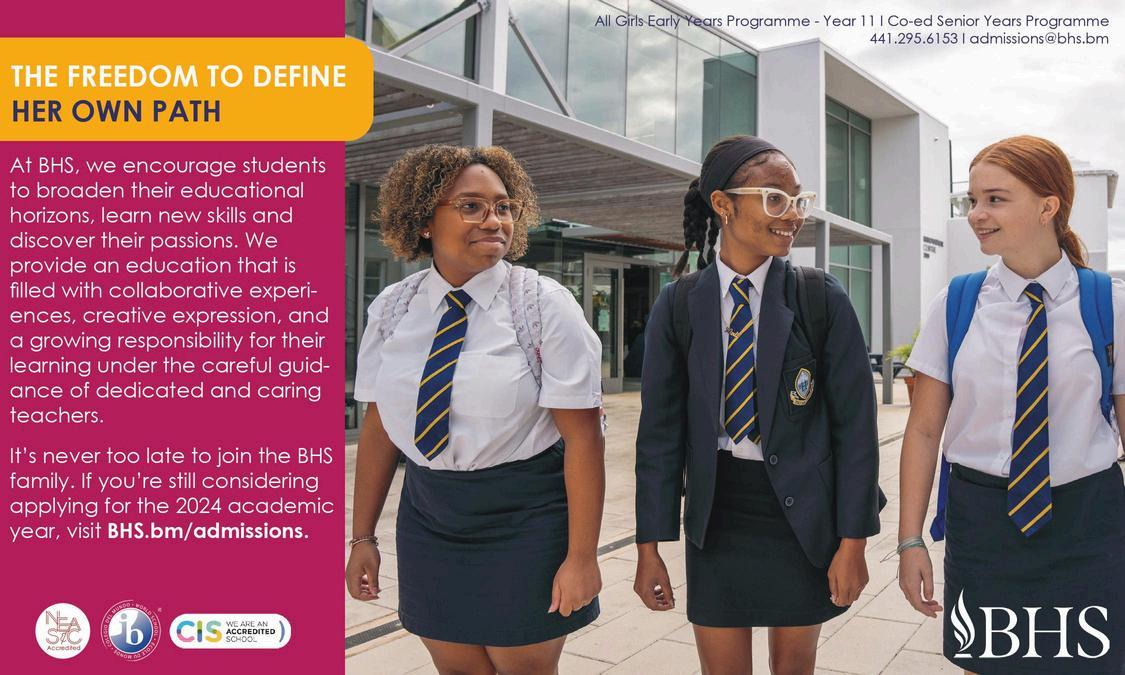A L T H





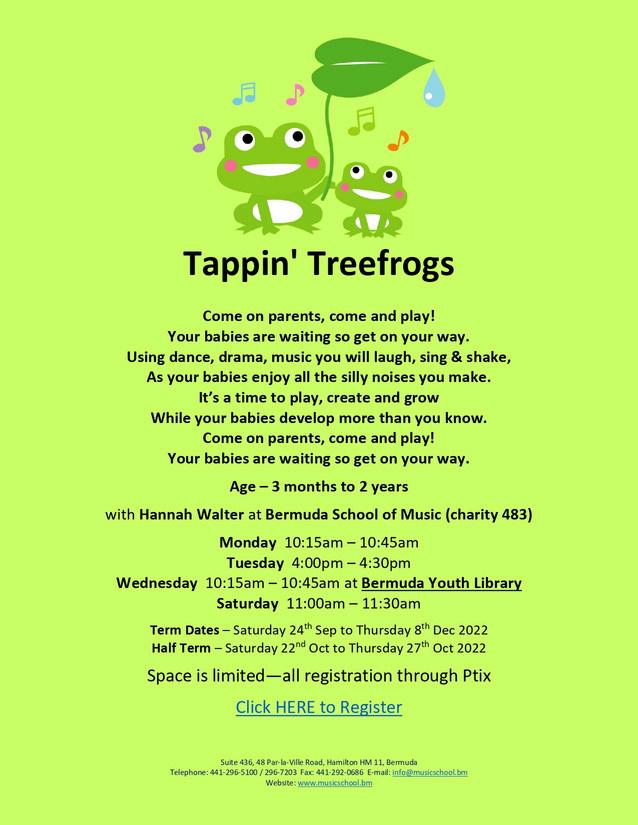

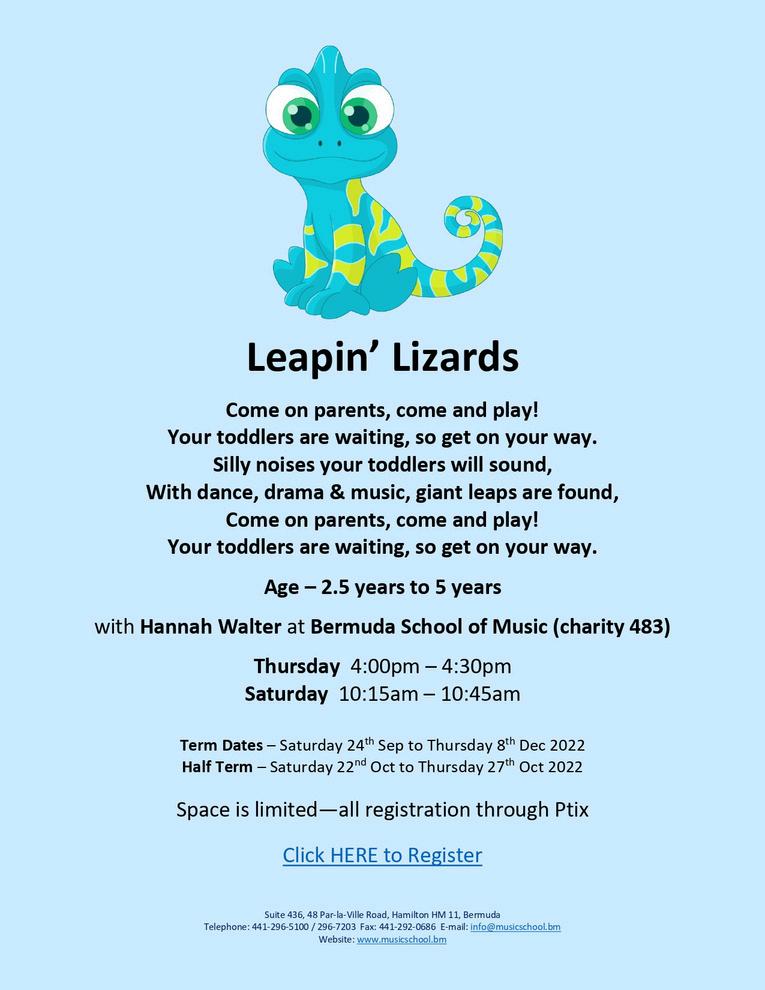




We may want to protect our children from some of life’s trickier topics, but being open with them when it comes to money is vital.
Growing up I often heard the phrase, “money doesn‘t grow on trees” and I watched as my dad would often give his last dollar to help someone in need without giving thought to educating himself on how to grow wealth. Over the years I’ve had to unlearn this thought and instead I chose to adopt Matshona Dhliwayo’s phrase instead.
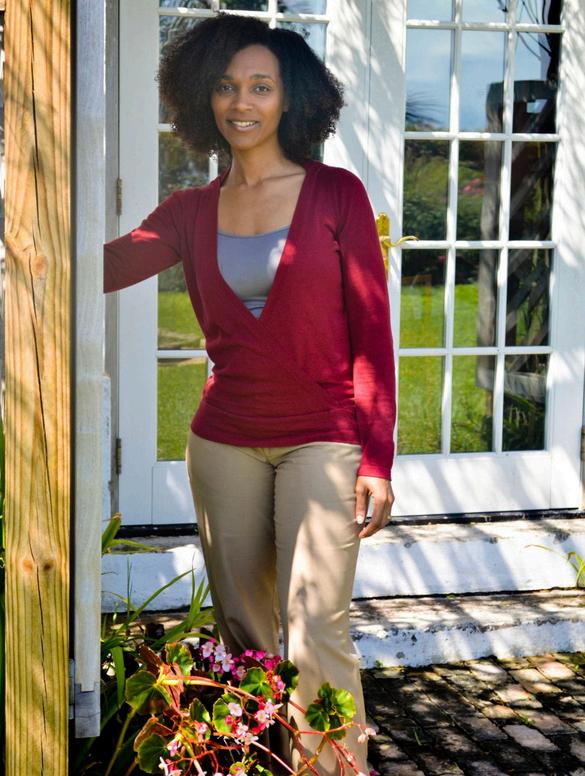
So, if you grew up hearing the money doesn’t grow on trees I encourage you to add on ‘but grows on intelligent minds”. Remind this to yourself and your children often.
Editor-in-ChiefIn this issue we are discussing how to talk about money, understanding and protecting your children from online scams while their gaming and understanding how to foster and develop an entreprenial mindset in your young child or teen.
I encourage you to use the topics in this issue as a way to open discussion with your child and start learning about finances and entrepreneurship early.

Explore practical ways to nurture the entrepreneurial spirit in kids, equipping them with the skills and mindset to become future innovators.
Encouraging entrepreneurship in kids is about fostering a mindset of innovation, problemsolving, and resilience It’s about equipping them with skills that will not only enable them to navigate the business world but also become proactive contributors to society
Educational Programs, like teen entrepreneur programs, offer structured learning experiences that introduce kids to business concepts in an engaging manner These programs often include practical projects that allow kids to apply their learning in real-world scenarios
Family Support is crucial Parents and guardians can nurture an entrepreneurial spirit by encouraging curiosity, exploration, and problem-solving. Celebrating creativity and innovation at home lays a solid foundation
Community Engagement offers kids opportunities to interact with local entrepreneurs, participate in youth business clubs, and engage in community service. These experiences enrich their understanding of entrepreneurship and its impact on society
Access to Resources, including books, online courses, and workshops, empowers kids to explore their interests and ideas further Libraries and online platforms are treasure troves of resources that can spark and nurture entrepreneurial interests
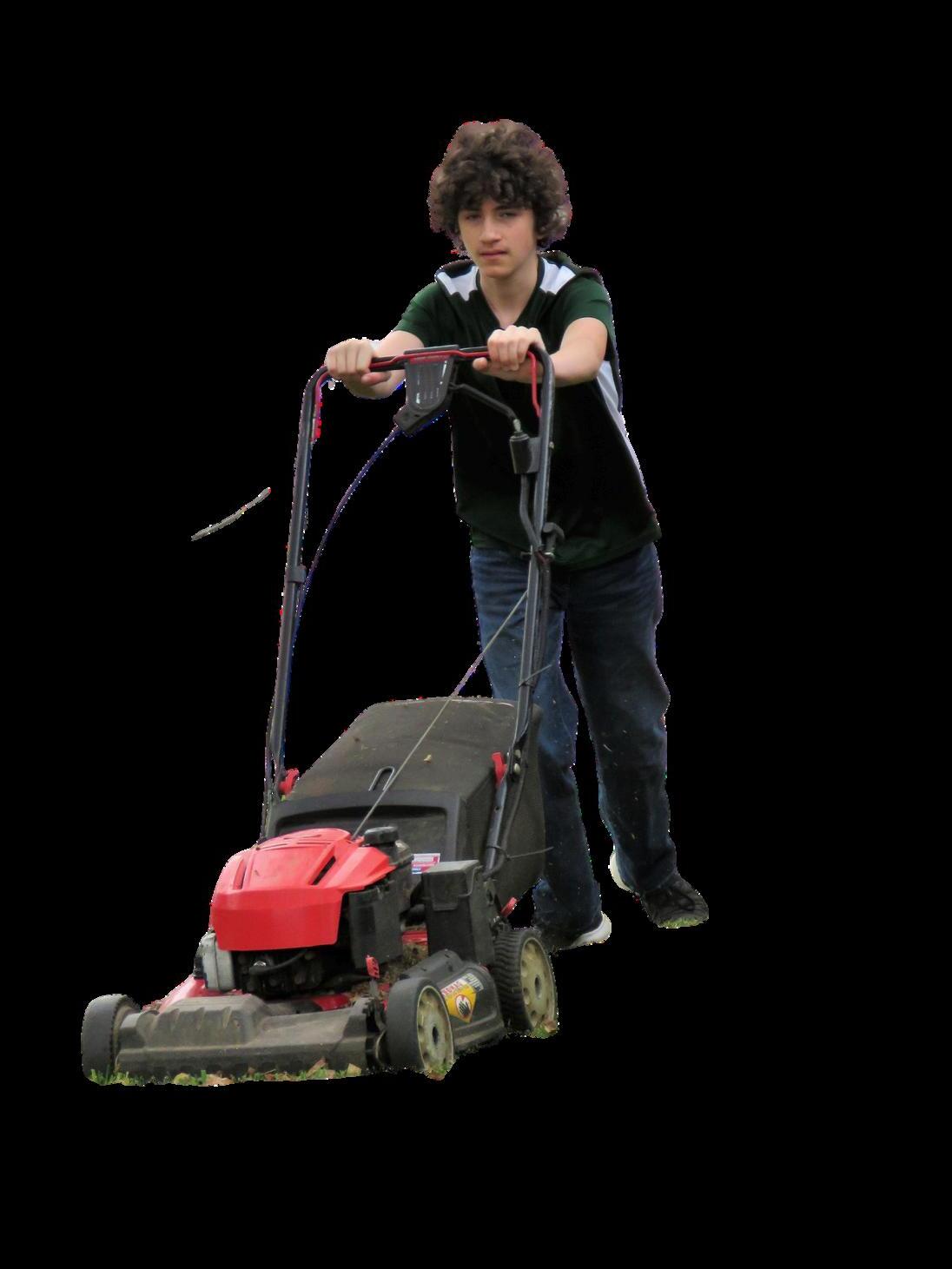
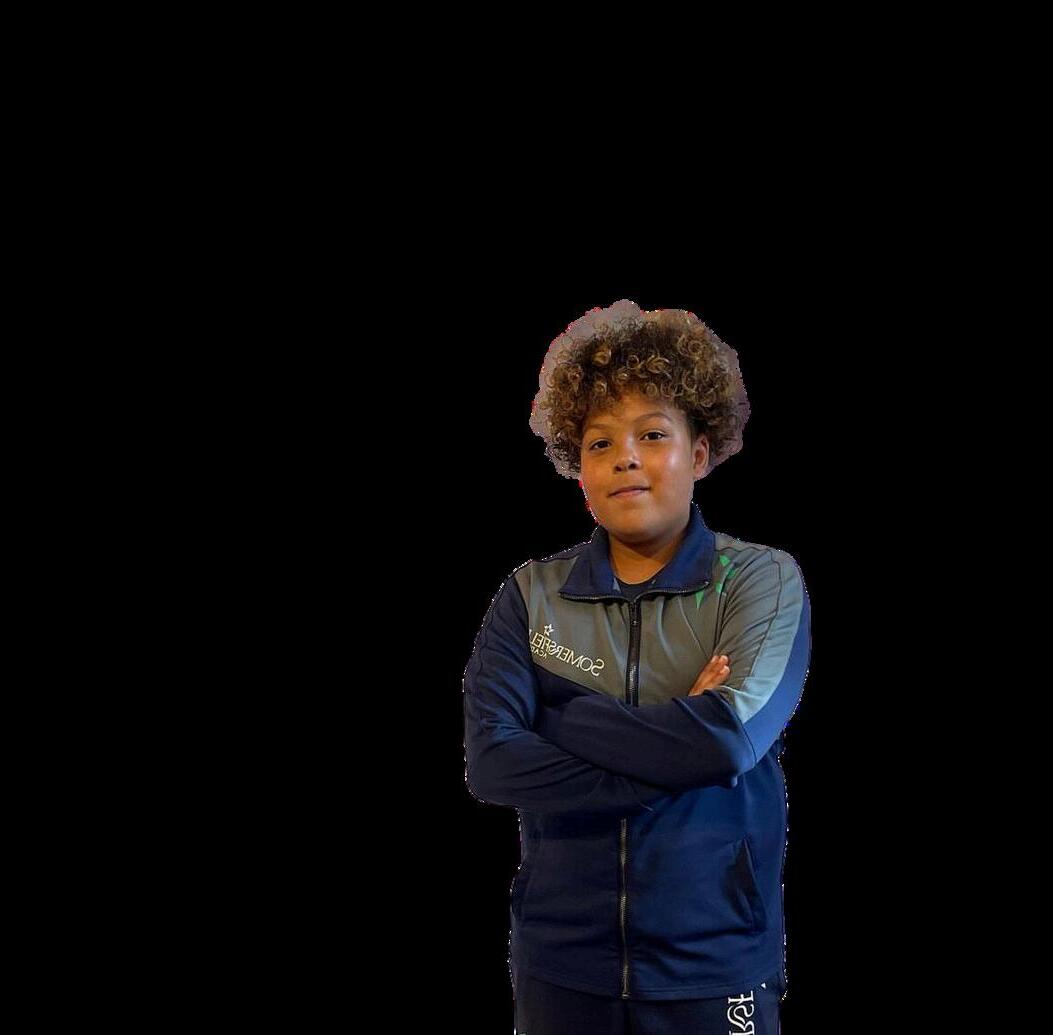


1. Strength & resilience
This is debatably going to be the most important skill set your child can learn. They will face nothing short of a crucible when they decide to take on owning and operating their own business They will face obstacles Things will go wrong. They will find all the failures and holes in their plans
They’re going to want to give up. Don’t let them. Now is the time to be strong Failures aren’t “failures”, they’re learning opportunities
2. Time management
They’ll be setting and sticking to their schedule as well as their customers’ schedules.
This is crucial for keeping a good workflow as well as encouraging trust from their customers
. But this isn’t just about them making time to work and prioritizing their work, it’s also about them being able to schedule out, school/homework, extra curricula activities and free time to relax, as well
3. Management & acquisition of customers and employees
They’re going to want their business to grow, and they’re going to want help growing it Yes they can probably do most of it themselves, you can also help for awhile but the stress of it and the lack of free time is going to get to everyone eventually as it grows This is part of their business that’s going to require something people skills and more
They’re going to want to be able to go over people’s’ credentials, make sure they’re a good fit, and ensure that they’ll have skin the game, as well This is when your young entrepreneur has moved into a business.
IF YOU CAN’T KEEP TRACK OF YOUR MONEY AND MANAGE IT EFFECTIVELY, YOU WILL NEVER SEE YOUR BUSINESS OFF THE GROUND Even having a very basic concept of budgeting and accounting will set your young person on the right path You’ll want them to also start to learn how to get investors, raise money, and get bank loans.
IN THE 21ST CENTURY, IF YOU ARE NOT PRESENT ONLINE, YOU DON’T HAVE A BUSINESS.
It may sound like a chore, but a lot of this is easy to outsource once they have a clear vision
6. Sales
Unlike a lot of the other skills on this list, this falls solely on your child In the beginning learning to sell is crucial. You will have to learn to earn and balance both personal connections, revolving client base, and customer satisfaction Most of their sales will come from word-ofmouth so help them to make the words good ones If they’re nervous that’s fine, they are young and have plenty time to hone their skills and the faster they learn this skill the faster they’ll see their business grow

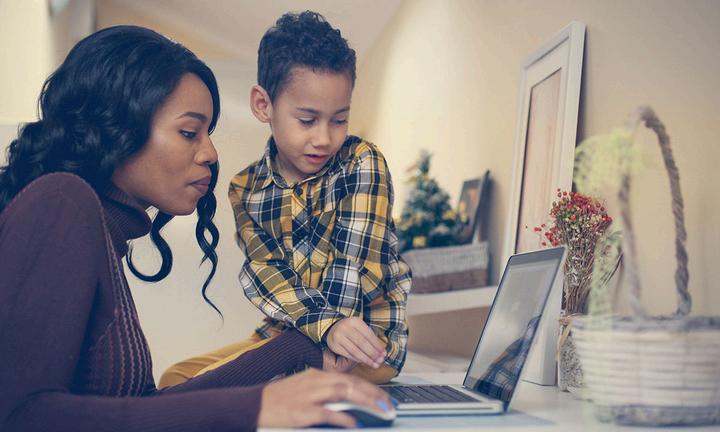
Not everyone has the same amount of money. It’s important to have real conversations about the unequal distribution of wealth with children, without passing on any feelings of discomfort or biases. Helping your child to understand, in our world, there are some people who have more than they need, some have exactly what they need and some unfortunately don’t have what they need.
Depending on your child’s age, it might be helpful to draw pictures with them to illustrate that some families have different amounts of money. Ask them what that might mean for each family and how it might impact things such as where they live and what they can do and buy. How might it make them feel?
This conversation with your child may prompt questions about where your family fits into this picture. Be honest with them – they probably already know and understand more than you think.
Many families, still consider it taboo to talk about money –
so having this vital conversation with children can often feel like a mountain to climb, especially if you’re not feeling confident about your own money know-how, or even your present financial situation.



Once your child understands wealth distribution and your family's financial position, it's important to help them develop a balanced relationship with money.
This can be achieved by teaching children that it’s not just about how much money you earn, but it’s about how much money you keep Wealthy people don’t spend all their money – if they did, they would no longer be wealthy. Teach your child about the opportunity cost and how it works Put simply, the opportunity cost is the cost we pay when we give up something to get something else.
Help your child understand that there is always a trade-off. For example, as a parent, you may work to earn money, but that might mean you spend less time at home –so the trade-off here is less time with your family. Alternatively, your child may want to use their savings to buy a new toy – however, if all their money is spent on that new toy, there won’t be any money left for sweets or other treats
How often do you buy something with cash? Children see cash less and less frequently and so they don’t grasp the concept of how money works besides that it appears to be an endless supply through cards or devices
Help them understand by explaining that your bank card or Apple Pay is a digital wallet that contains money. Just as physical money can run out, so can digital money if you don’t budget and allocate it wisely
Remember to lead by example. Children will often learn more by observing what you do than by simply listening to what you say
Meaning, it’s important to practise what you preach and model good financial behaviours you want to see develop in your child Don’t say one thing but do another For example, telling your child you don’t have enough money to buy the toy they want, then later buying it –impulse spending sends mixed messages
Always consider the narrative you’re teaching and explain when (and why) exceptions might be made.



As a parent, it’s important to understand your own money mindset and the impact that your beliefs will have on your child
We all have unconscious beliefs about money, stemming from our childhood experiences These can be positive or negative, and ultimately dictate how we grow to view and handle money in adulthood.
One common belief is that money causes conflict. This could arise from hearing people fighting about money troubles growing up You then progress into adulthood with the view that money causes problems in relationships. These negative beliefs can lead to bad financial decisions, all in the name of avoiding conflict But money in itself cannot cause conflict – the conflict arises from different belief systems, attitudes and behaviours around money.
Here are a few questions to ask yourself to understand your money mindset:
1 What money lessons did you learn growing up?
2. What are your current beliefs about money?
3. What do you believe about saving and having money?
Your answers will help you identify your beliefs. Next, ask yourself: Would you like your children to have the same beliefs? If the answer is no, then it’s time to get to work on unlearning any of the negative money views you have



Unfortunately, wherever there is money virtual or digital there will also be fraud and scams. Thankfully, many of these frauds and scams are well-known and there are signs you can look out for to prevent yourself from being caught out.

& smishing
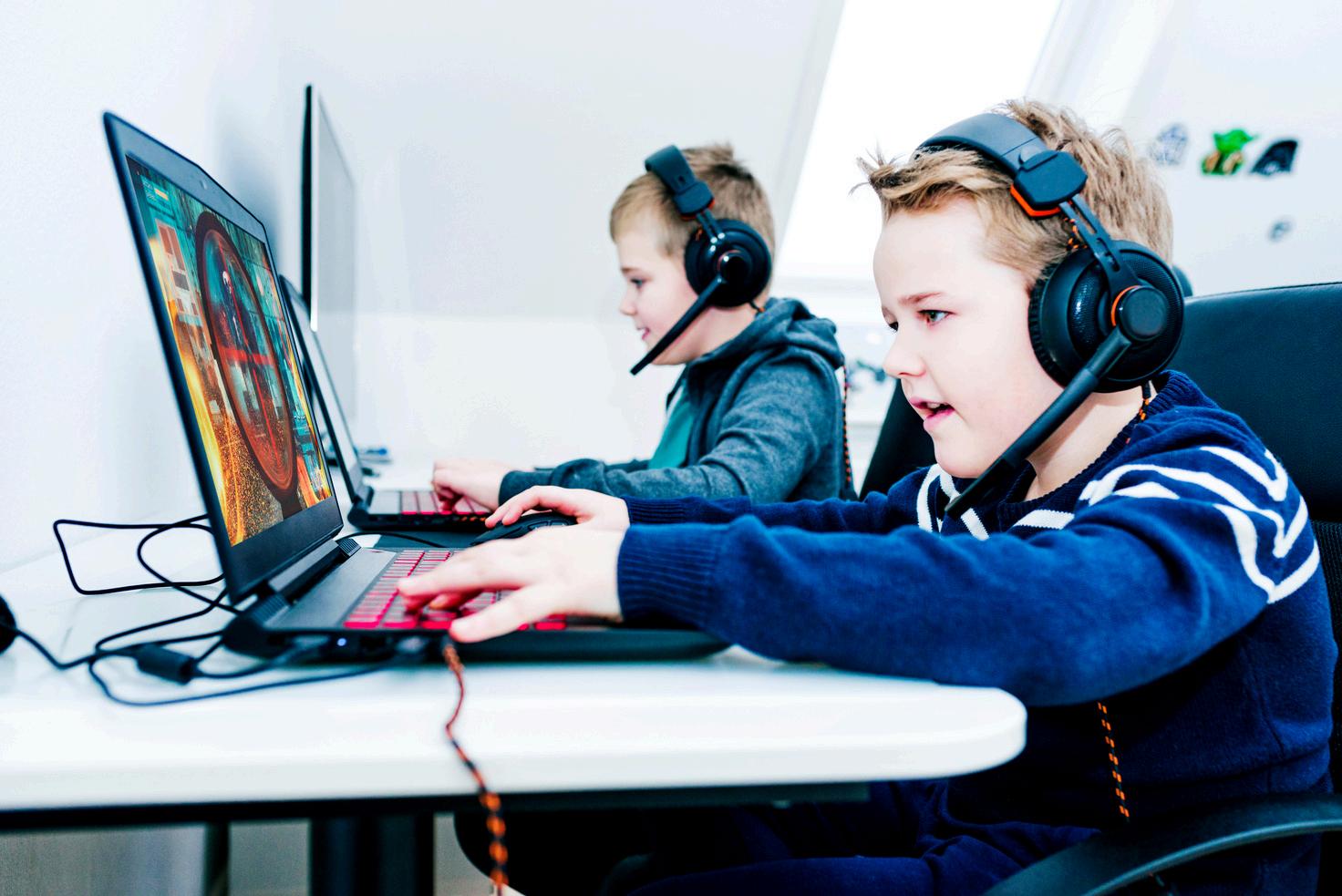

Pharming Scams How to stay safe
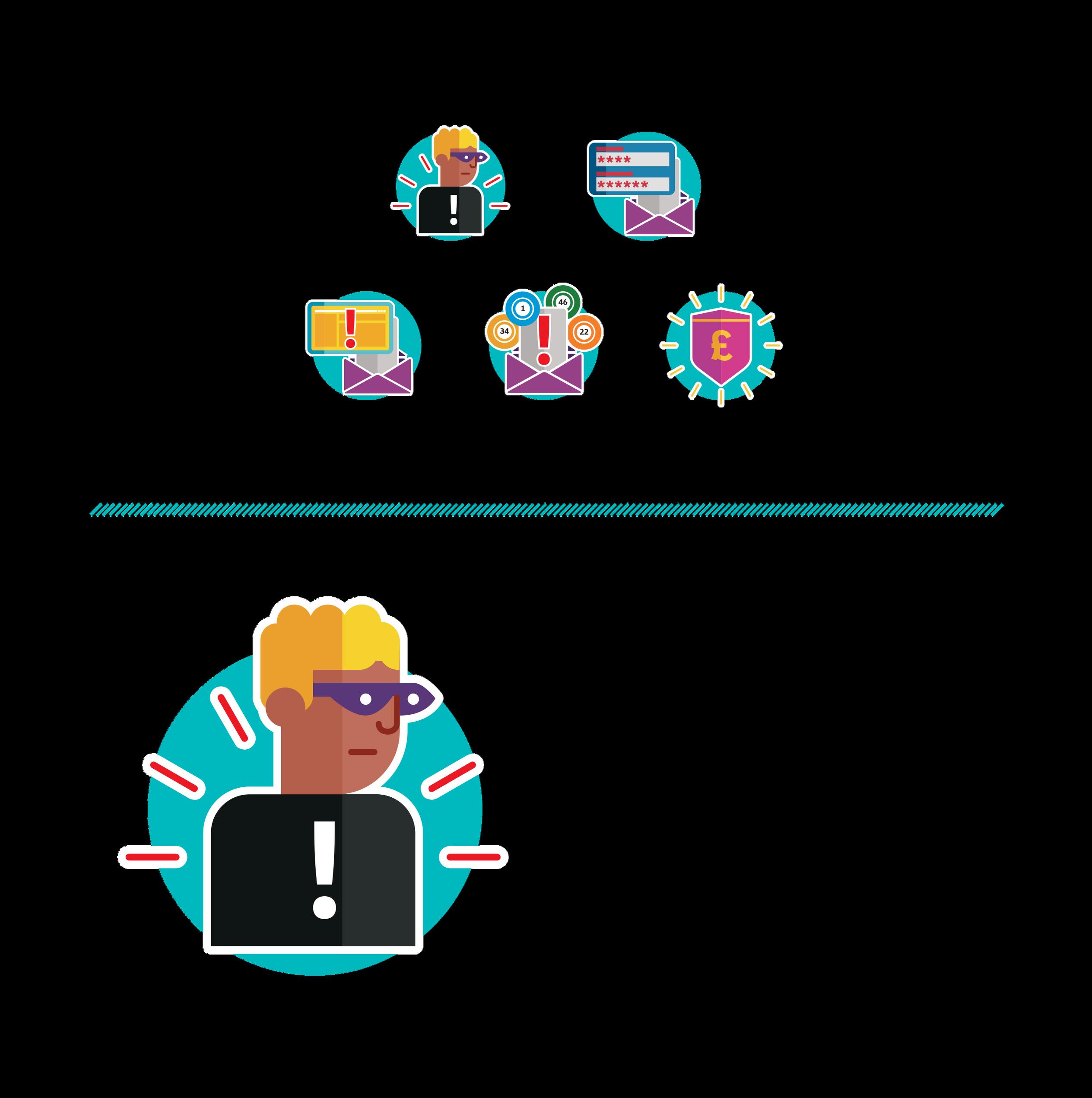
Fraud is when people are tricked out of their money For example, fraudsters, scammers or hackers commit fraud when they steal personal information or gaming account details and/or bank details (known as identity theft)
Either an email (phishing), or a text message (smishing) encouraging you to reveal personal details, video game account details or send money virtual game money or digital
Fraudsters will send an email to gamers telling them they need to confirm their password and login information If gamers click on the email link, they are taken to a fake sign-in page that asks them to input their current password and username ultimately stealing the gamer's account information.
A piece of computer code that sends internet users to a fake website
What happens?
You will be on a genuine website but the code on your computer will allow fraudsters to direct you to a fake website without your knowledge, to capture personal details such as bank card numbers. This type of code often gets onto computers when a person clicks on a link in spam email.
• Banks will never ask you to confirm ALL the letters or numbers of your bank card, PIN or password. Never provide your full personal details online
• Learn how to recognise fake messages from real ones
• Never pay for anything online that isn’t from a secure website address
How
• When buying online, always check that you are on a secure payment website by looking at the web address in the bar at the top. You should see a padlock and ‘https’ rather than ‘http’. If in doubt, do not proceed with any transaction
• Never click on a link in an email from a source you don’t recognise
• Use antivirus software to warn you when you enter an unsecured site
Video Games and how to keep your personal details and money safe

The risk of losing money be it in game or real currency
can come trhough in-game currency, in-game purchases, and real-world currency stored in wallets present a target for scammers. Today’s mobile games often require players to earn power-ups to increase their odds of completing missions or tasks. Some games offer armour upgrades, new uniforms, or tech goodies for players willing to pay for them.
Gamers are often on the hunt, too, for cheat codes that allow them to skip some of the more difficult or repetitive tasks in their games
How to prevent this
If it sounds ‘too good to be true’, then it probably is
Never send money, give your details or call a number if you don’t recognise the sender. Search online and you might find other people have reported the scam already
When in doubt ask an adult.

Cybercriminals may groom children through in-game voice chat while at the same time, getting the kids to pay for things in the games for them typically using their parents' credit cards Sometimes these scammers convince kids to tell them their login details or open a link they send them to obtain access to the child's account.
Once the cybercriminal gets the information, they can steal virtual credits, online currency, or even real-world currency in the child’s online wallet Virtual currency and the stolen accounts can then be sold on the dark web, making a significant amount of real-life money in the process, and the real-world funds in the wallets are extracted

What do preschoolers do all day? Is it just coloring and learning the alphabet?
While play-based learning might appear to be all fun and games, there is some serious learning and development taking place
Mount Saint Agnes Academy (MSA) is giving you an inside scoop into what an average day looks like for the four-yearold students in the Early Learning Program (ELP). MSA has adapted the Reggio Emilia approach to fit its community and culture Key principles like the image of the child, the roles of teachers, parents, and the environment, and the emergent curriculum are evident throughout the day
Families begin arriving at 8:00am, and the children enjoy supervised playtime until the school day starts at 8:30 am This window and MSA’s central location give parents – especially those who work within the City of Hamilton –ample time to drop off their children before work.
Once the school day begins, the children join the whole group circle time, greet each other, and sing together The students recite the morning prayer and listen to Bible stories before engaging in morning movement songs. The teacher then announces the day’s events and initiates a group discussion. Circle time concludes with interactive whiteboard activities
Following circle time, the students partake in indoor and outdoor learning experiences An integral part of the classroom experience is the availability of learning centers
for child-initiated learning The learning centers include a library area, dramatic play area, writing center, art station, creation station for building and constructing, math materials, and information technology Teachers support the children’s learning at each station and use small, skill-focused groups dedicated to early literacy and numeracy development.
As you can imagine, all this activity causes the students to work up an appetite! They take a healthy snack break to enjoy fruit, vegetables, yogurt, or cheese before jumping back into learning.
The class reconvenes for small-group focused learning time, where the children share personal news or ideas within their group They sing songs and recite poems and rhymes before engaging in shared reading experiences. The teachers lead the small groups through numeracy, literacy, and information technology instruction
“When we talk about literacy and numeracy in ELP,” stated MSA Principal Anna Faria-Machado, “it’s much more than simply reciting the alphabet or counting to ten Our students are learning phonics, developing fine motor skills for handwriting development, practicing reading skills, speaking, and listening They learn numbers, patterns, shapes, and space while developing key problem-solving skills These basic building blocks establish a strong foundation for future learning.”
It is then small group project time, where the students are involved in planning the activities. Students suggest

the topics based on their interests, questions, and curiosities. These lead to group discussions and childinitiated projects as the students plan and conduct investigations and activities in small groups and individually.
“Investigative learning is critical to our school culture at MSA,” continued Mrs. Machado. “From ELP, we encourage students to be curious and creative All children have unique abilities, interests, and potential. We value and nurture the whole child while guiding the children’s learning and thinking.”
At lunchtime, students and teachers enjoy social conversation while eating together. MSA values community, and these lunches are a special way to build bonds Students bring healthy, trash-free lunches and drink only water throughout the day
Since some students still require naps at this age, after lunch, there is a rest period during which students may either nap or rest quietly.
After eating and resting, the children are refreshed for an afternoon of learning through play! They explore and discover the natural world in the ELP garden The outdoors
offers multi-sensory play experiences that enhance large motor skills, encourage creative expression, facilitate social development, and spark imaginative role play
Before the school day ends at 2:30 pm, the students gather for closing circle time They read stories, reflect on their day, and share daily photos. After saying an afternoon prayer and collecting work to go home, the students gather their belongings and say their goodbyes.
Many students attend the MSA Afterschool Program, which offers circle and story time, creative projects, group activities, snack time, and outdoor playtime until 5:30 pm
“Our Early Learning Program has been so successful that we recently added another ELP class to accommodate the growing demand,” stated Mrs Machado “In September 2023, we were blessed to open new, state-of-the-art classrooms in the Bishop Robert J. Kurtz C.R. Early Learning Centre We welcome early applications for ELP; some people register immediately once their child is born.”
To learn more about the Early Learning Program at MSA, or to arrange a visit, please call 292-4134.
The Early Learning Program at MSA gives your child space to thrive as an individual Our students pursue their uniqueintereststhroughourplay-based,investigative approach to learning.
Come visit our new, state-of-the-art classrooms to see how we encourage collaboration, imagination, and creativity
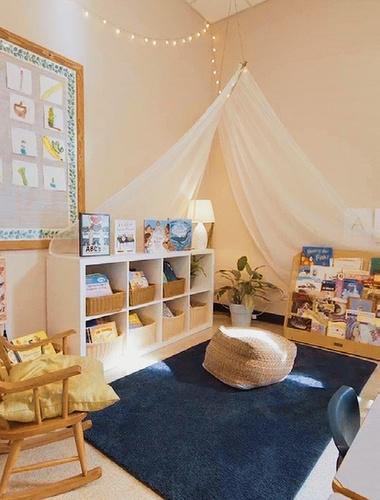



















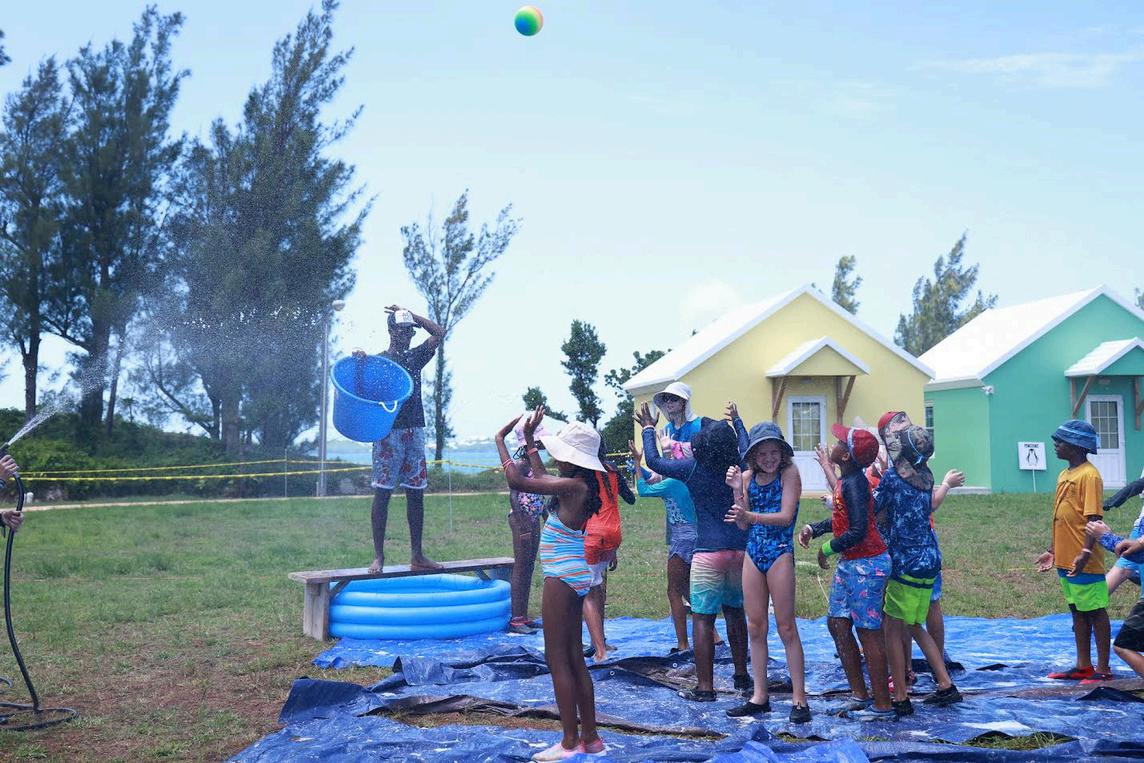
Bermuda is arguably one of the most beautiful places in the world It seems that children lucky enough to grow up here would spend as much time as possible immersed in their natural surroundings, whether it’s splashing in tide pools, climbing rocks at the beach, hiking through parks, or simply wandering around the back yard Unfortunately, many children don’t spend very much time outside and instead spend more time staring at screens and interacting with a digital world rather than our natural one
The sad reality is that this generation’s children are indeed spending much less time outside than previous generations. There are many reasons for this change, including the ever-increasing amount of time spent on electronic devices, a greater emphasis on scheduled activities, and even concerns about sun exposure And it’s not just children; adults are spending less time outdoors as well.
The benefits of both unplugging and being outdoors are plentiful Here are just some of the many ways that regular time in nature – without screens – is valuable for both mind and body.
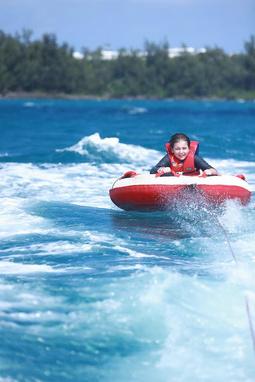
While it’s true too much sun exposure can be harmful, it’s also true that our bodies need sun. Sunlight helps our bodies make vitamin D and plays a role in our immune system, our sleep, and even our mood
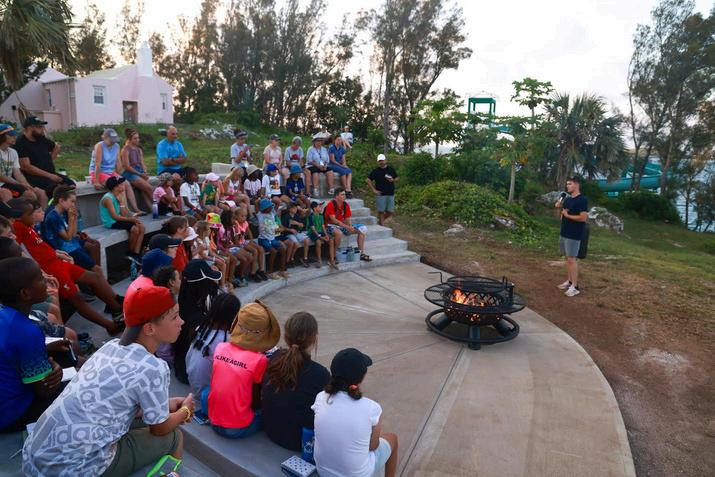
Fresh air and exercise encourage better sleep in both children and adults, while the blue light emitted from screens tells your brain to stay alert and awake Too much screen time may result in losing sleep, which is why most children, teens, and adults are not getting enough of the recommended night’s amount
It’s generally recommended that children are active for at least an hour every day, and playing outside is one way to make that happen. While exercising indoors is possible, sending children outside with a ball or a bike encourages active play
Executive function skills help us plan, prioritize, troubleshoot, negotiate, and multitask Creativity is also involved as children use their imaginations to entertain themselves or problem solve. These skills are best practiced in unstructured time, either alone or with other children, and being outside provides ample opportunity to do so Electronic devices can too-easily provide instant solutions to problems without requiring executive function skills to figure things out, which is another reason to unplug and go outside
SLEEP EXERCISE
Evangelical Church of Bermuda offers a week-long overnight camp where children can experience the benefits of being outside, unplugging from electronics and screens, and be exposed to Biblical truths in a fun environment.
Camp Kilimanjaro will be held July 8-13 for children born between 2012 and 2016 Campers will enjoy a week on beautiful Grace Island, which means they’ll be completely unplugged and immersed in the beauty of God’s creation while focusing on face-toface interactions, building friendships without relying on digital means, physical activities and games, and learning about Jesus
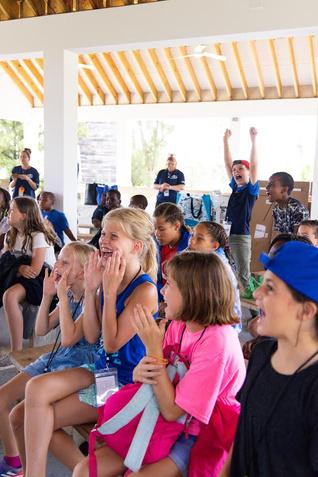
Success in life involves learning to work with others, make friends, share, cooperate, and treat other people kindly. Interacting only in very structured settings such as school or sports won’t adequately provide these learning opportunities, which is why unstructured playtime outside is also important
A two-year study by U S public health researchers showed that too much time spent on devices – and specifically social media –predicted a reduction in self-reported physical health, mental health, and life satisfaction. Alternately, switching off the smartphones and taking regular walks in the sunshine instead lead to decreased anxiety and depression
Romans 1:20 tells us “For since the creation of the world God’s invisible qualities his eternal power and divine nature have been clearly seen, being understood from what has been made, so that people are without excuse.” Nature was created by God, and through it we can sense Him and many of His attributes Spending time outside can draw us nearer to the Creator and give us the desire to know Him more
For more information see our ad in this publication or visit evangelicalchurchbermuda.com


The education and future success of our students is our priority at BHS When we noticed that our expanding curriculum exceeded the capabilities of our science facilities, we knew that the only option was to enhance our campus
In 2020, we opened the Innovation Centre, a state-of-the-art structure that boasts five science labs, two computer science and robotics labs, a creation and innovation space, a digital media studio, a library, and a leadership room
The Innovation Centre, intended to be a hub for collaboration, also includes the Buchanan Learning Commons at its core Deliberately designed to bring students together, the space encourages collaboration and the sharing of understandings and perspectives; the Buchanan Commons are surrounded by glass-fronted classrooms, which not only spur curiosity but provide writable space for students to engage, in addition to numerous whiteboards.
These campus enhancements were also extended to the Alvin Ferreira Black Box Theatre, our dedicated Drama space, the addition of practice suites in the Music Room, and the construction of the Joy Bluck Arts Wing, which includes The Sarah & Stephen Young Visual Arts Studio for Art students from Years 7-11, and the Halcyon Studio specifically for A Level and IB students.
Since the opening of the Innovation Centre, we’ve been able to develop and support a full-bodied STEAM curriculum While many schools on the island have implemented STEM programmes, we at BHS felt that it was essential to embrace the importance of the Arts

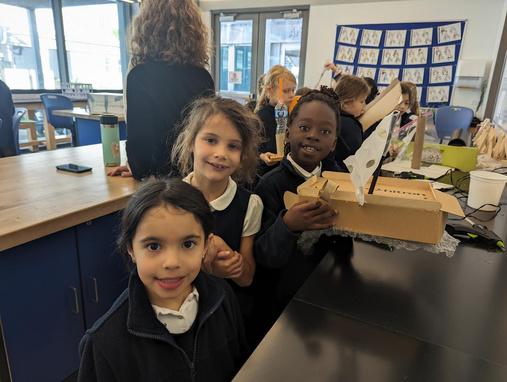
Exceedingly popular with our student body, the Arts play an essential role in development and continuously intersect with Science, Technology, Engineering, and Mathematics in many ways. This is particularly true when considering the aesthetic side of disciplines such as programming, architecture, app development and website design, to name a few.
We introduce STEAM at the Primary level as it helps lay a foundation for learning during the formative years STEAM education encourages young girls to think critically, take thoughtful risks, and problem-solve. It allows them to engage in collaborative group work and experiential learning with their peers In the primary years, we incorporate STEAM into our curriculum so that our girls can explore, question, research, discover, and innovate; they will carry these traits into the Secondary department and beyond
STEAM has developed in the Primary department through subject-specific projects from the International Primary Curriculum and cross-departmental learning opportunities, which bring the girls to the Innovation Centre During the 2023-2024 school year, we have seen our Year 3 students explore boat building in The Renaissance Re Creation and Innovation Space; our Year 6 students built balloon rockets as part of their study of gravity, while the Year 4s partnered up with the Year 9s to learn about forces through a parachute drop project.
A STEAM curriculum isn’t just about becoming an expert in the related academic areas, it is also about having the ability to utilise the skills that our students learn to collaborate and solve problems using a variety of approaches and technologies. With this vision in mind, we see students in PE using iPads and Coachwise to help them analyse their performance so that they can improve In Drama, our students work hard to create costumes, lights and set designs that enhance the actors' work In Business Studies, the Year 9 students built products designed to fill a gap in the market, which they then pitched to a judging panel of professionals. In the Secondary department, students have more freedom to explore the opportunities that a STEAM education presents.
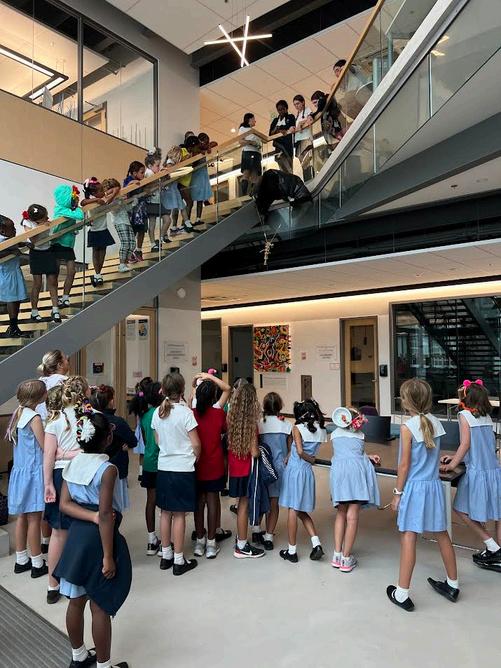
At the end of each school year, we take a moment to celebrate our STEAM curriculum with school-wide STEAM Week. This year’s activities will include an archaeological dig, a tourism media workshop involving a flight on a small aircraft, a stage production, 3D cartoon character modelling, effective kite design, and a study on wind turbines. While fun and engaging for the students, each activity ultimately serves to find the solution to a problem, compelling the students to utilize the skills and techniques that they have learned through their STEAM education
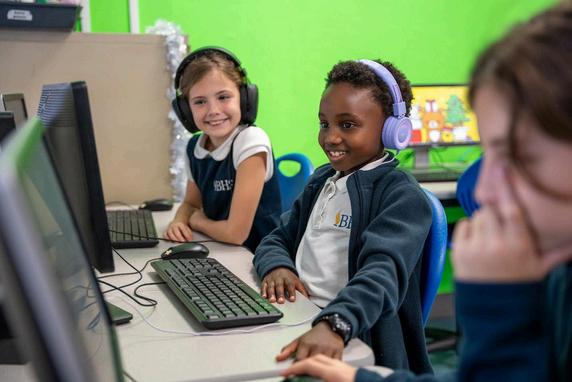
In addition to their required lessons in STEAM subjects, students have a variety of extracurricular activities at their disposal. These include robotics clubs, computer programming clubs, art and photography clubs, and more. Furthermore, our Secondary students are responsible for producing Torch Talk, a monthly news broadcast. The student body embraces the opportunities available to them and consistently surpasses expectations, achieving their goals and developing their knowledge and interests.
According to the Goodman Research Group, “Girls’ school graduates are 6 times more likely to consider majoring in math, science and technology, compared to girls who attended co-ed schools” From the Early Years Programme through Year 13, BHS students are exposed to Science, Technology, Engineering, Arts, and Mathematics. These subjects help to construct lifelong learners who embrace creativity, problemsolving, collaboration, and critical thinking. It boosts their curiosity and confidence while preparing them for their future careers. BHS graduates head into tertiary education confident in the knowledge that they can pursue any career path that appeals to them, from engineering to accounting to illustration and beyond.
